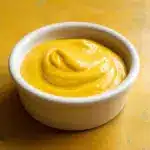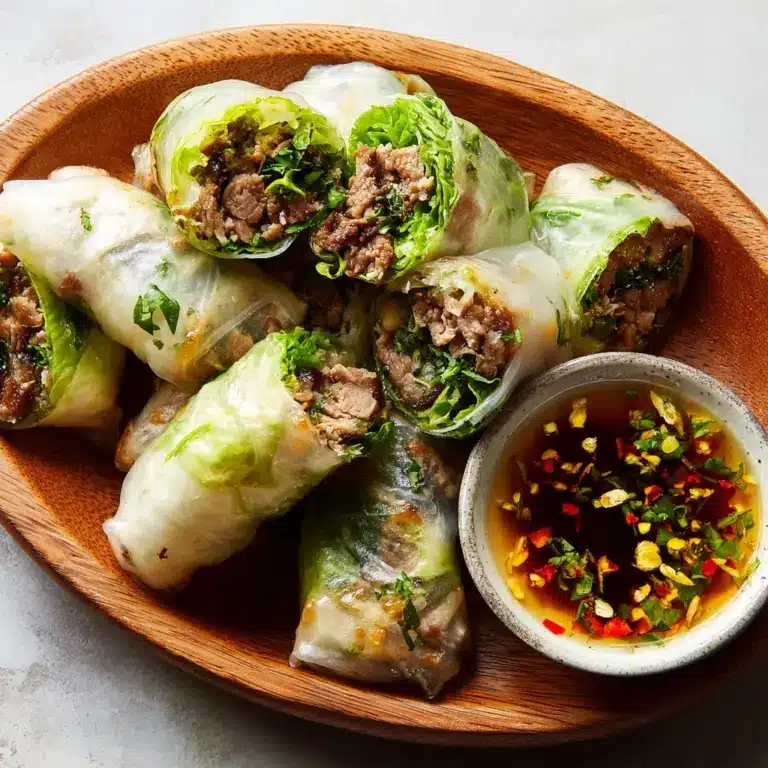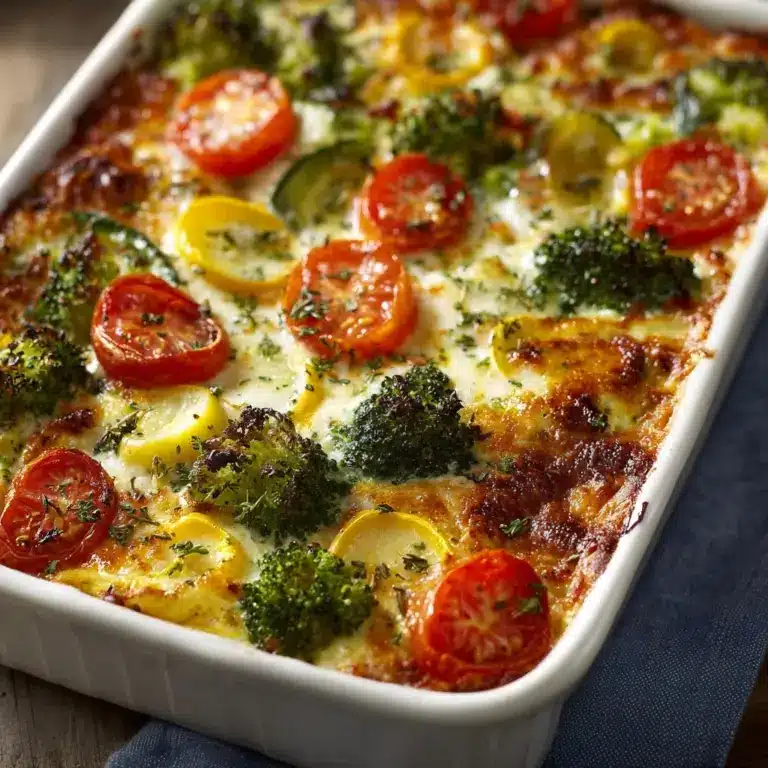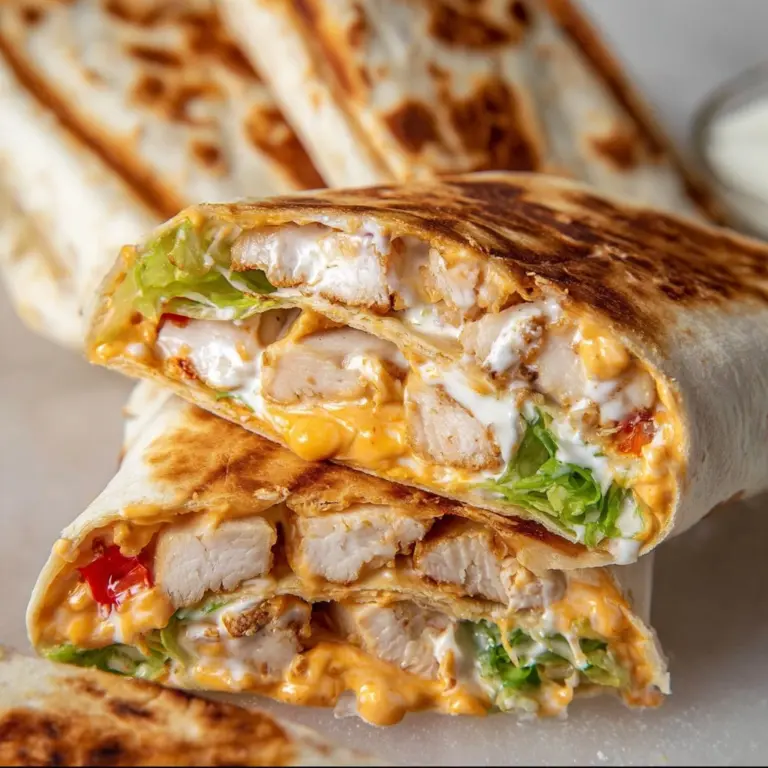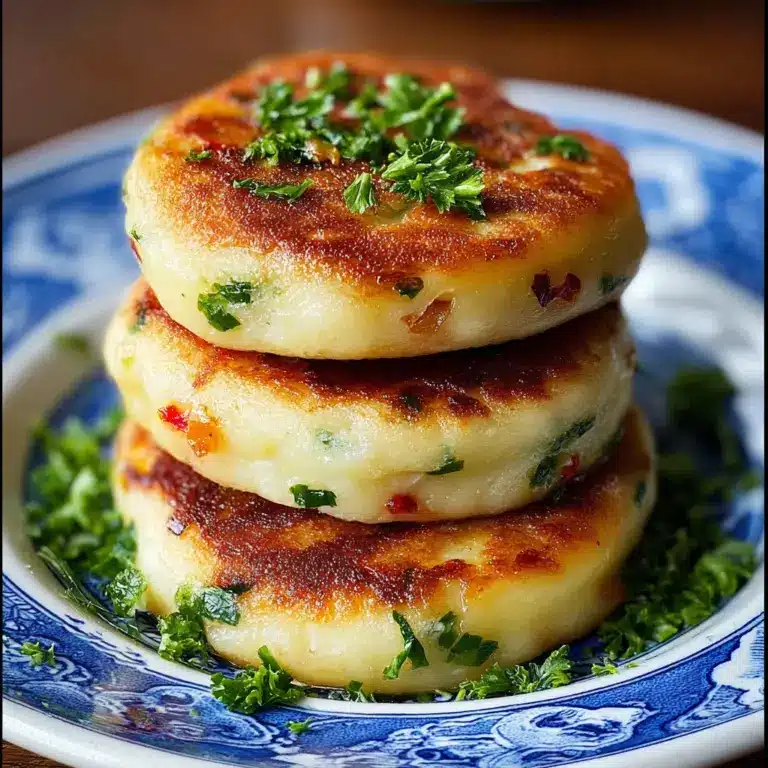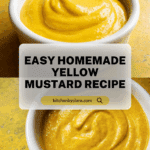Homemade Yellow Mustard Recipe
If you ask me, nothing compares to the tangy punch and sunshiny hue of Homemade Yellow Mustard. This vibrant condiment has a way of instantly brightening up everything from sandwiches to sausages, and once you discover how simple it is to make at home, you may never reach for the store-bought bottle again! In just a few easy steps, you’ll create a zesty spread that’s leagues ahead in freshness, flavor, and pure homemade charm.
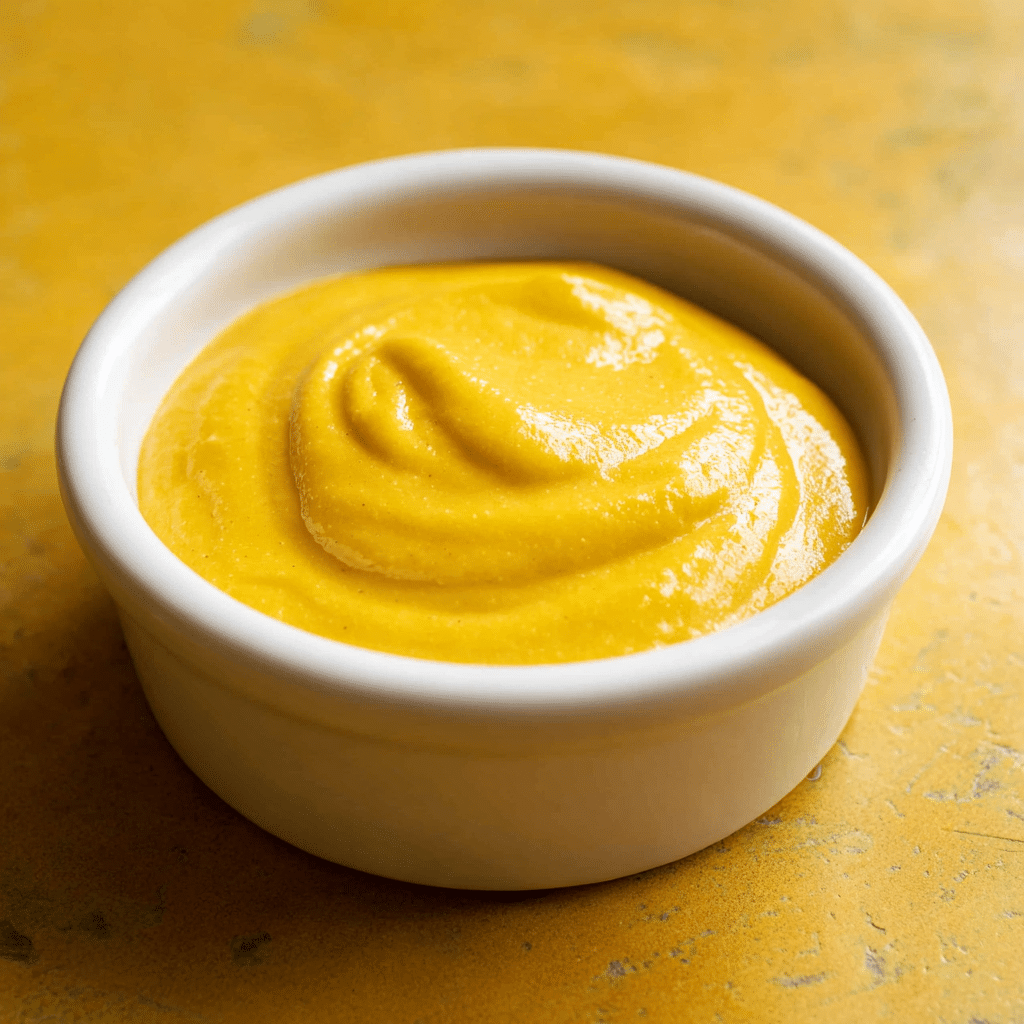
Ingredients You’ll Need
Homemade Yellow Mustard calls for a handful of pantry staples, but don’t let the simplicity fool you; each ingredient plays a starring role in capturing that iconic color and unmistakable taste we all sneak a second helping of. Let’s break down why every element matters:
- Cold Water: Starting with cold water helps the mustard powder dissolve smoothly, giving your mustard a silky, lump-free texture from the get-go.
- Yellow Dry Mustard Powder: The unmistakable base for classic yellow mustard, but be sure to use the mild yellow variety for the brightest color and balanced tang.
- Coarse Sea Salt or Kosher Salt: A touch of salt is essential; it enhances and rounds out all the flavors without overpowering.
- Ground Turmeric: This little powerhouse floods your mustard with sunny color and vegetable notes—don’t skip it!
- Garlic Purée (or Powder): Just a hint, but it gives depth and a subtle garlicky warmth that’s never overwhelming.
- Paprika: Adds a gentle smokiness and complexity, keeping your mustard from tasting one-dimensional.
- White Distilled Vinegar: Vinegar is the key to sharpness and zing, transforming a basic paste into proper Homemade Yellow Mustard.
How to Make Homemade Yellow Mustard
Step 1: Combine the Base Ingredients
Grab a small nonreactive saucepan (think stainless steel—avoid aluminum or copper here!) and whisk together the cold water, yellow dry mustard powder, salt, ground turmeric, garlic purée (or powder), and paprika. The cold water is important to help the powder dissolve evenly and set the stage for a perfectly smooth mustard later on.
Step 2: Cook Into a Thick Paste
Set your pan over medium-low to low heat and stir often—a spatula or a whisk works beautifully. As the mixture heats, it’ll bubble and thicken into a fragrant paste. This takes anywhere from 30 to 45 minutes, and you’ll know you’re there when it has reduced and holds its shape when you drag a spoon through it. This slow simmer gently coaxes style and flavor from the spices and really locks in the boldness Homemade Yellow Mustard is known for.
Step 3: Add the Vinegar
Ready for your Homemade Yellow Mustard’s signature tang? Pour in the white distilled vinegar and watch as the aroma instantly transforms. Continue to cook, stirring regularly, until the mixture thickens again to your preferred mustard consistency—usually another 7 to 15 minutes. It should be glossy and spoonable, not runny.
Step 4: Cool It Down
Once you’re happy with the texture, remove your pan from the heat, and let the mixture cool down to room temperature. Don’t be surprised if it seems extra pungent at this stage; the flavors will mellow and meld as it rests in the fridge.
Step 5: Store and Let the Flavors Marry
Transfer your Homemade Yellow Mustard to an airtight container or a clean glass jar. Pop it in the fridge—try to resist diving in right away! If you can give it a few days, the flavors will mellow beautifully, creating a mustard worthy of every sandwich and picnic you have lined up in the next few months.
How to Serve Homemade Yellow Mustard
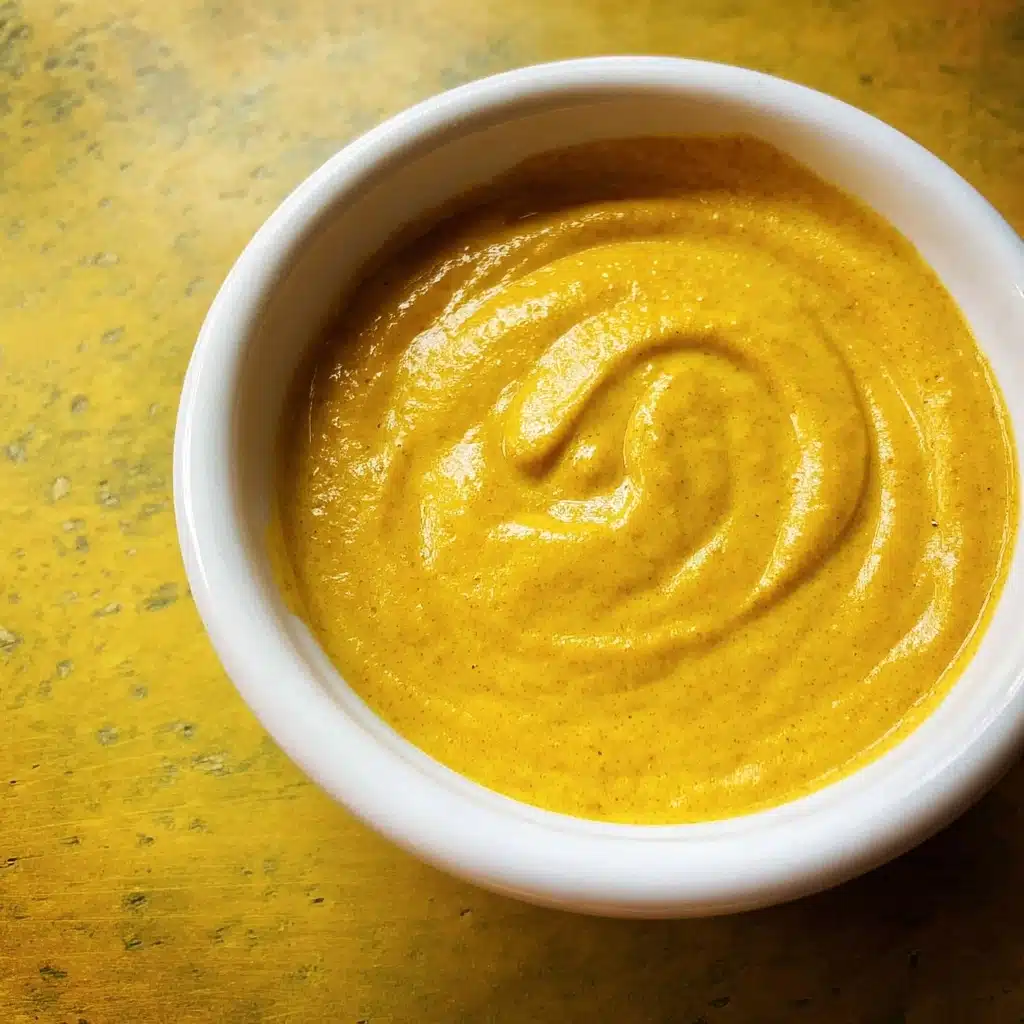
Garnishes
For a bit of extra flair, try topping your Homemade Yellow Mustard with a sprinkle of fresh chopped herbs like dill or chives right before serving; this not only looks gorgeous but adds a hint of fresh aroma. A light dusting of smoked paprika or even a crack of black pepper can also complement the mustard’s natural savoriness beautifully.
Side Dishes
No hotdog, burger, or soft pretzel is truly complete without a generous ribbon of Homemade Yellow Mustard. It’s absolutely made for dunking crispy fries, roasted potatoes, or slathering on a hearty sandwich. If you’re enjoying a charcuterie spread, offer it alongside cheeses, cured meats, and pickles for a tangy contrast that lights up every bite.
Creative Ways to Present
Host a mustard tasting by spooning your Homemade Yellow Mustard into tiny bowls or little ramekins, perhaps next to other homemade condiments for a DIY dipping board. You can even swirl it into mayonnaise or yogurt as a quick dip, or drizzle in a fun zigzag over roasted vegetables to give your plate a splash of color and personality.
Make Ahead and Storage
Storing Leftovers
One of the best things about Homemade Yellow Mustard is its staying power. Once cooled, seal it tightly in a glass jar or an airtight plastic container and stash it in your fridge. The freshly made mustard will be quite strong at first, but rest assured, it becomes delightfully mellow and balanced as it sits—perfect for up to three months of happy snacking and sandwich-making.
Freezing
While mustard generally keeps beautifully chilled, freezing it isn’t recommended. The texture can separate and become grainy once thawed, which can spoil all the effort you put into getting that creamy, smooth consistency. Stick to refrigeration for the tastiest results.
Reheating
Homemade Yellow Mustard is always served cold or at room temperature—no reheating is necessary! If your mustard does become too thick from cold storage, just let it sit at room temp for a few minutes and give it a vigorous stir before using.
FAQs
Can I use a different type of mustard powder?
For true Homemade Yellow Mustard flavor and color, stick to yellow (sometimes called American) mustard powder. Brown, black, or Chinese mustard powders will be hotter or darker, changing both the taste and the look dramatically.
Why did my mustard taste so strong when I first made it?
Homemade Yellow Mustard is naturally quite pungent when fresh! The flavors mellow out after a few days in the fridge, so try to resist eating it all in one go and give it a little time to develop its perfect balance.
Is it necessary to cook the mustard for so long?
Yes, the slow cooking process thickens the mustard and helps it become silky smooth while deepening the flavors. Rushing this step can result in a gritty or overly sharp mustard, so patience really pays off here.
Can I add other flavors like honey or herbs?
Absolutely! Feel free to whisk in a touch of honey for sweetness or some chopped fresh herbs after cooling for your own custom blend. Just be sure these additions fit with how you plan to use your Homemade Yellow Mustard.
How do I know when the mustard is done cooking?
The finished mustard should be thick, smooth, and glossy—think of the consistency you’d expect from a freshly opened jar. If you can run a spoon through it and it holds its shape, you’re all set!
Final Thoughts
I can’t wait for you to taste just how easy, rewarding, and downright delicious Homemade Yellow Mustard can be in your own kitchen. Don’t be surprised if it becomes your new go-to topping—once you try it, you may just find yourself making batch after batch (and sharing with anyone who’ll listen). Give it a try and bring some homemade sunshine to your next meal!
PrintHomemade Yellow Mustard Recipe
This Homemade Yellow Mustard recipe allows you to create a pungent and flavorful condiment right in your own kitchen. With simple ingredients and easy steps, you’ll never go back to store-bought mustard.
- Prep Time: 10 minutes
- Cook Time: 1 hour
- Total Time: 1 hour 10 minutes
- Yield: 1 1/2 cups 1x
- Category: Condiment
- Method: Stovetop
- Cuisine: American
- Diet: Vegetarian
Ingredients
For the Mustard:
- 1 cup cold water
- 3/4 cup yellow dry mustard powder
- 3/4 teaspoon coarse sea salt or kosher salt
- 1/2 teaspoon ground turmeric
- 1 teaspoon garlic purée (or 1/8 teaspoon garlic powder)
- 1/8 teaspoon paprika
- 1/2 cup white distilled vinegar
Instructions
- Cook: Place the water, mustard powder, salt, turmeric, garlic, and paprika in a saucepan. Whisk until smooth.
- Cook: Heat the mixture until thickened, stirring often, for about 30 to 45 minutes.
- Whisk: Incorporate the vinegar and continue cooking until desired consistency, 7 to 15 minutes.
- Cool: Allow the mustard to cool before transferring to a container. Refrigerate for up to 3 months.
Notes
- Use a well-ventilated kitchen for cooking.
- Mustard flavor will mellow over time.
Nutrition
- Serving Size: 1 tablespoon
- Calories: 15
- Sugar: 0g
- Sodium: 120mg
- Fat: 0.5g
- Saturated Fat: 0g
- Unsaturated Fat: 0.5g
- Trans Fat: 0g
- Carbohydrates: 1g
- Fiber: 0g
- Protein: 1g
- Cholesterol: 0mg
Keywords: Homemade Mustard, Yellow Mustard, Condiment Recipe

